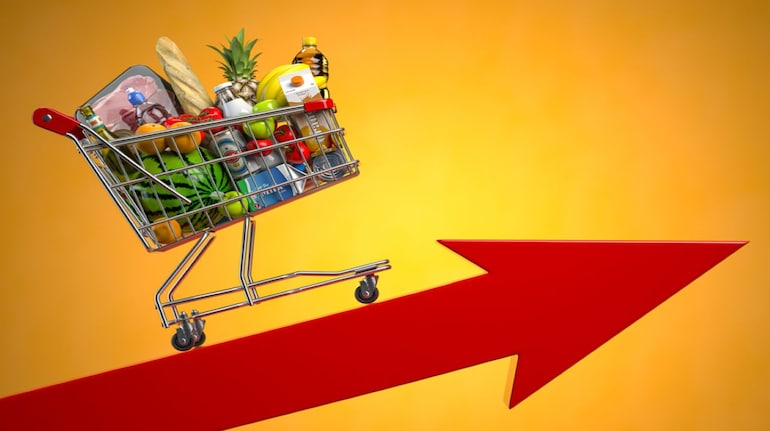



As price rise returns to singe the consumer, it sets the perfect tone for a heated debate among rate-setters at the monetary policy review meet next month.
Retail inflation for October blazed past the Reserve Bank's tolerance level, boiling above a 14-month high of 6.2 percent, as food prices simmered at a 15-month peak of 10.9 percent, making a sharp spike from 9.2 percent in September. Core inflation, too, gathered some heat and hovered at 3.7 percent after a 20-basis-point rise, according to data released last week.
The combination unleashes a steep near-term challenge for the Monetary Policy Committee (MPC) to set the key interest rates at its review meeting in December.
Given the October inflation data, the MPC is likely to adopt a cautious stance in the upcoming meet. A 25-basis-point rate cut, which was previously anticipated following a shift in policy stance, may now be sent to the backburner until February when the panel will meet next.
Some economists believe that a potential decline in food inflation over the coming months could ease the pressure on Consumer Price Index (CPI) inflation in the fourth quarter, bringing it closer to the 5 percent mark. This could create room for the MPC to weigh rate cuts in February.
As inflation in November is expected to stay around 6 percent, retail inflation for the entire third quarter of FY25 may exceed the RBI forecast of 4.8 percent. Data for the next two months will be critical in determining the future course of the MPC on interest rates.
The chances of a rate cut in December are diminishing. Soumya Kanti Ghosh, group chief economic advisor at the State Bank of India, projects retail inflation for November around 5.3 percent, with the average FY25 inflation trending at 4.8–4.9 percent, higher than the RBI estimate of 4.5 percent.
The prices are likely to cool off from January, but this will primarily be driven by base effects, Ghosh pointed out. “We are now less hopeful of a February rate cut. We believe the first rate cut is effectively postponed beyond February 2025.”
Ghosh also expects some moderation in vegetable prices in November. “Retail price data through November 11 indicates a decline in vegetable prices. CPI headline inflation likely to have peaked in October, but November and December figures may still exceed 5 percent,” he said.
Many economists like him believe the higher October inflation figure could serve as a convenient rationale for the RBI to delay signalling a rate-cut cycle.
The larger question, however, is whether the MPC should wait until February to reduce the rates. As I argued in a previous piece, monetary policy has likely reached its limits in curbing demand. The onus now falls on the government to address production and supply issues.
Ultimately, what more can a team of central bankers and economists achieve by tweaking interest rates—already raised by 250 basis points since May 2022—when food inflation and vegetable price spikes are driven by weather and supply-side disruptions? It’s time to gear up for growth.
Banking Central is a weekly column offering readers a detailed analysis of the sector’s most significant developments.
Discover the latest Business News, Sensex, and Nifty updates. Obtain Personal Finance insights, tax queries, and expert opinions on Moneycontrol or download the Moneycontrol App to stay updated!
Find the best of Al News in one place, specially curated for you every weekend.
Stay on top of the latest tech trends and biggest startup news.